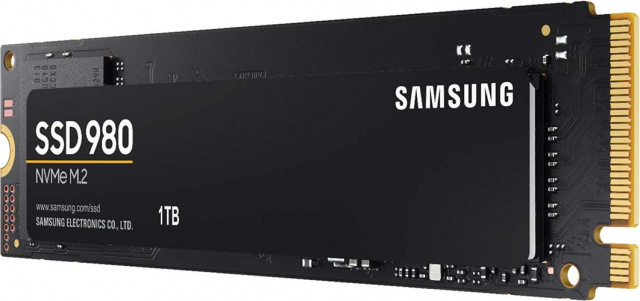Solid State Drives SSD: The Best Internal SSDs of 2022
Solid-state drives (SSDs) have made considerable progress over the years.
It has improved in speed and capacity and yet gone down in price.
Technology that was recently only available for big business clients and the PC performance first class has acquired the distinctive touch.
Standard desktops and laptops presently contain SSDs instead of hard drives as their essential storage.
Furthermore, adding an internal SSD to a later modelled PC as a newer boot drive stays an incredible, practical, and cheaper upgrade.
Practically any SSD is a lot quicker than any hard drive. However, not all SSDs the same.
SSD interfaces have advanced enormously throughout recent years, and SSDs themselves are taking on various shapes and centres of innovation.
Upgrading a laptop or a Desktop?
The following information will explain the difference between internal and external SSDs.
A large portion of what you want to know is clear from the name.
The term "Internal" signifies the drive inside a desktop PC.
While "external" suggests, it interfaces with a PC by using a cable.
However, it's great to realize a few subtleties concerning how quick every type can be.
The Capacity Needed and the Cost per Gigabyte?
The main thing to consider when deciding on the next SSD that you buy is the drive's capacity.
A gently utilized Windows or macOS machine shouldn't require a drive more prominent than 250GB or 500GB as the principle boot drive.
However, gamers and content creators should set no less than 1TB so they can store good games and 4K video easily on their drives.
On a desktop, they may likewise need to consider offloading their game library or video scratch plates onto less expensive, roomier conventional hard drives.
We are considering all things, with games like Call of Duty: Modern Warfare expecting over 100GB of space only for one title.
The drive could wind up full again quicker than you can arrange a marksman's shot on the game.
In that case, 2TB is the suggested size for gamers, while hardcore content creators who are managing 8K RAW film will require far, undeniably more.
Yet, enormous drives can be costly, particularly when discussing SSDs instead of hard drives.
Therefore, having a decent amount of knowledge regarding the value of an SSD and the exact amount that it will cost per gigabyte is essential.
It may be a deciding factor when weighing up your next upgrade.
Whether it's 128GB, 4TB, or any other capacity, the expense per gigabyte will give you a standard to analyse one drive against another.
Also, whether it seems to be an excellent value depends on the durability rating and the features it comes with built-in.
By and large, an internal SSD can cost anywhere from 9 to 10 cents for each gigabyte.
You can purchase a 2.5-inch SATA-based Mushkin Source consisting of 1TB for just over $90.
On the other side of the scale, you can pay over 50 cents per gigabyte.
Usually, when paying a pricey 50 cents per gigabyte, it's specifically for filmmakers Sony SV-GS48.
A basic guideline is that small drives under 240GB will be more expensive per gigabyte.
However, the cost per gigabyte decreases when you go up in gigabytes like 500GB, 1TB, and 2TB capacity tiers.
In some cases, though, a 2TB or 4TB drive will carry a premium cost more for every gigabyte over the smaller drives.
Generally, the quantity of "layers" in an SSD has been a primary catalyst in bringing costs down over recent times.
Over the last half-decade, we have witnessed many innovations in SSDs and the NAND flash memory modules produced.
One of the main innovations is known as 3D NAND.
The more layers, the more stockpiling capacity fits in a more modest space.
Therefore, this manner ensures that the materials cost is much lower.
The five fundamental cycles in 3D NAND are 32-layer, 64-layer, 96-layer, 128-layer, and 176-layer.
The last being only an announcement, without any drives available that put it under a magnifying glass.
More layers don't mean that you're guaranteed an exhibition reward.
However, for the most part, they lower the cost for drives of a similar capacity.
Finally, the cost of an SSD can is affected by the memory component "technique" used to store information.
There are four distinct types: staggered cell (MLC), triple-level cell (TLC), single-level cell (SLC), and quad-level cell (QLC).
They, in turn, each store one to four bits per cell.
SLC is both the quickest and most solid of the four different types.
However, it's the most costly and seldom seen external enterprise drive.
MLC is much weaker and a little bit slower, yet more sensibly priced.
While TLC and QLC have assumed control over the entire mainstream, they are the least "sturdy" and the cheapest.
So hopefully, you find the information that we provided on SSDs helpful when deciding which SSD to purchase.
Solid State Drives SSD - The Best Internal SSDs of 2022
Please Like and Share this article

To distribute this article more widely To manage this article or write your own article simply LOGIN
| ||||||


















